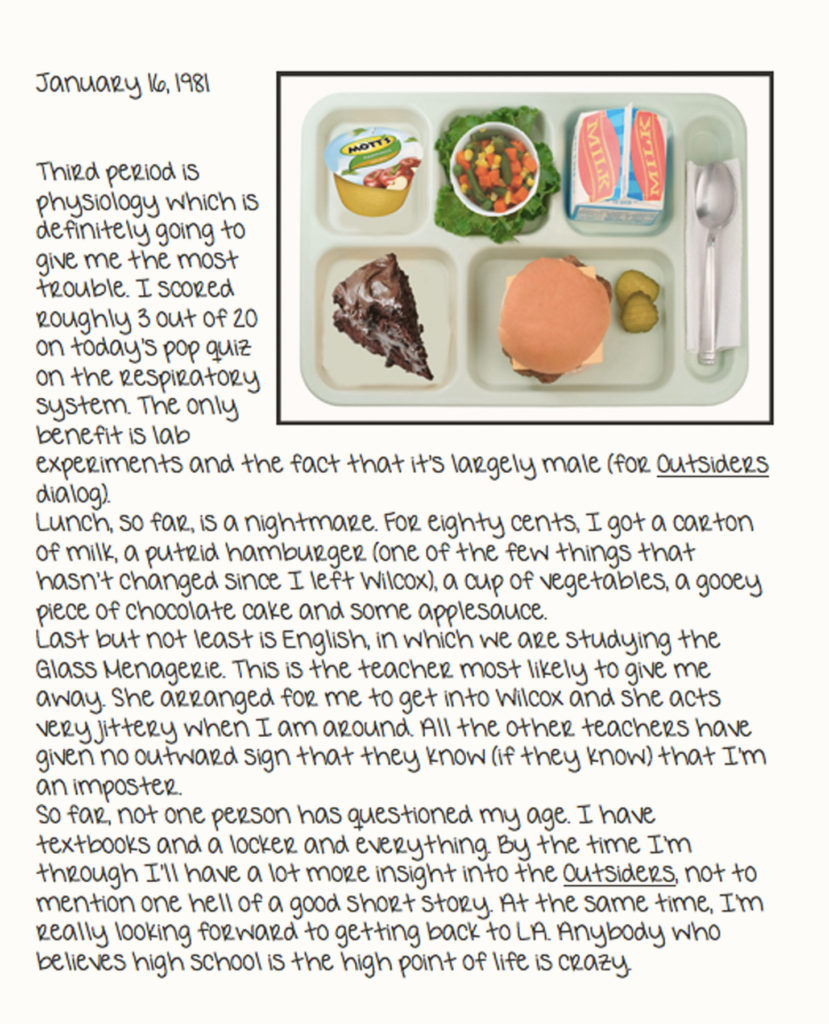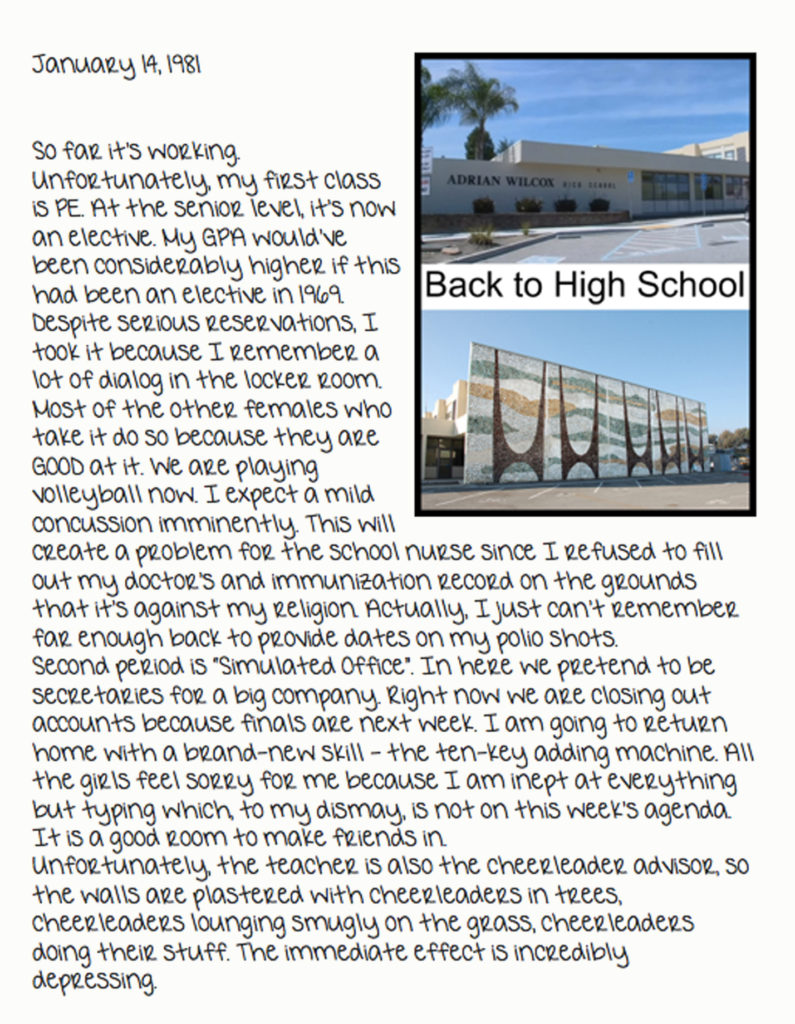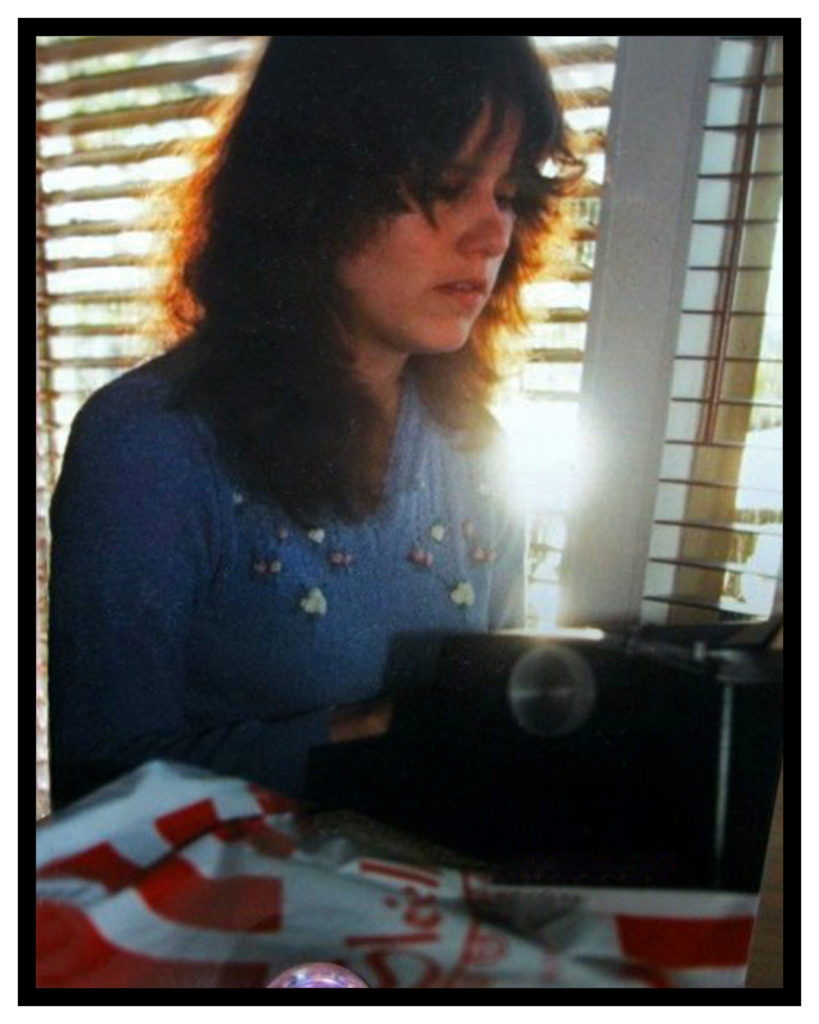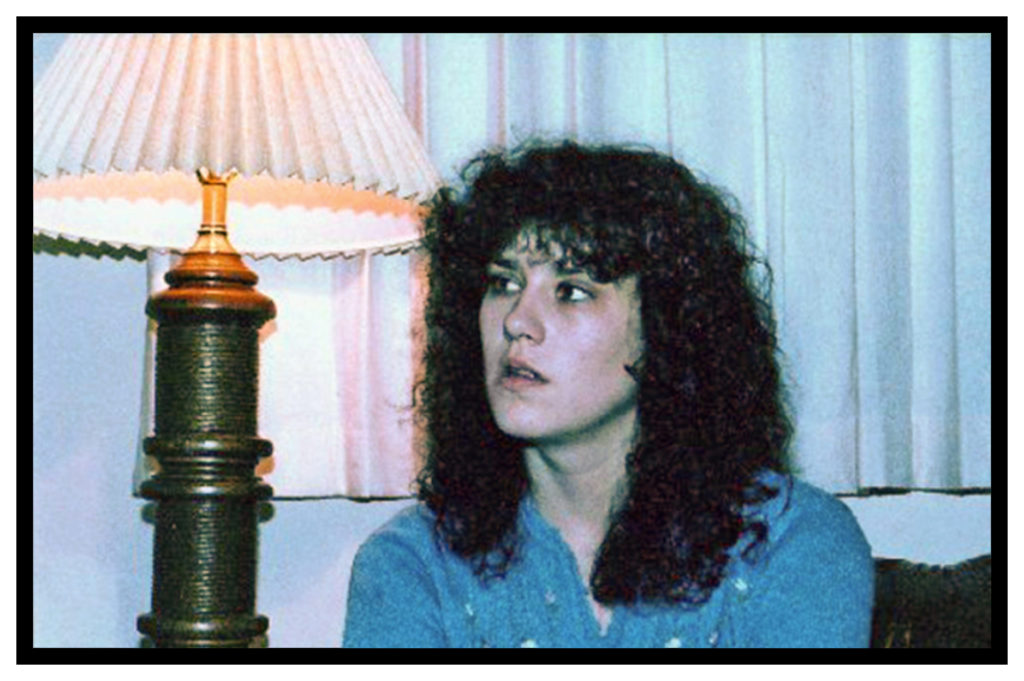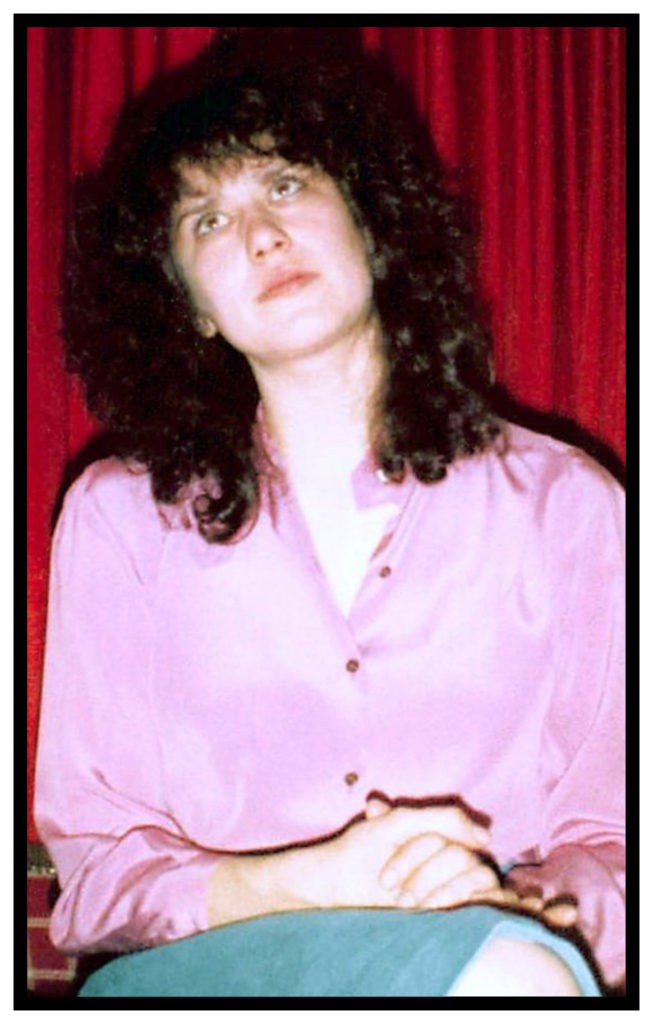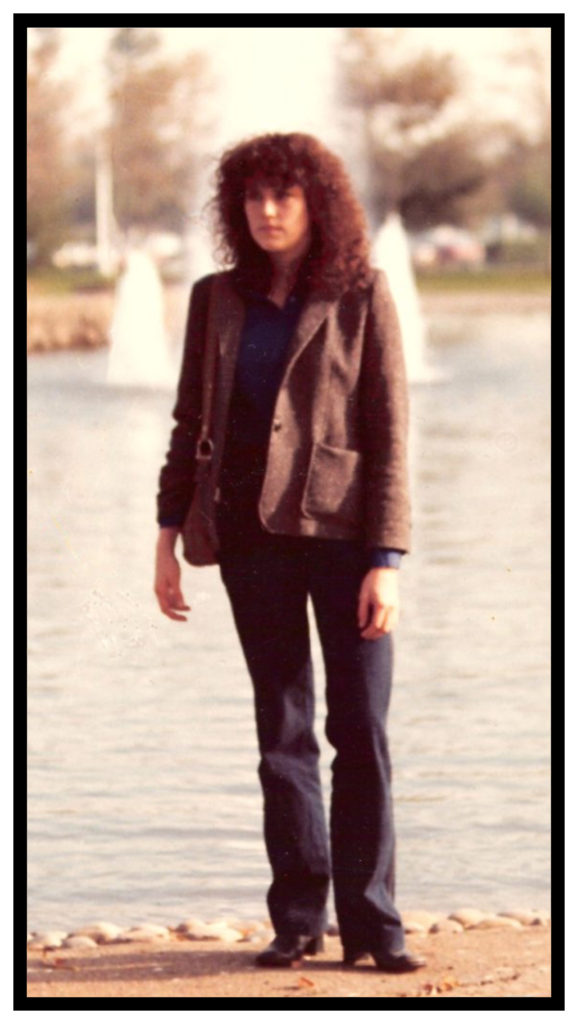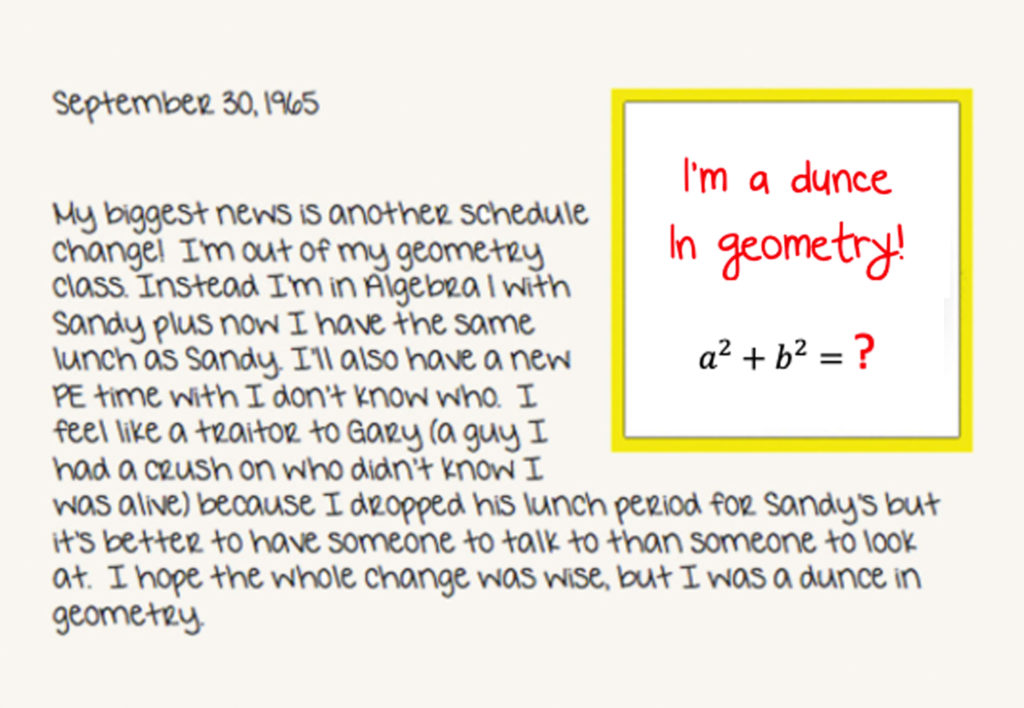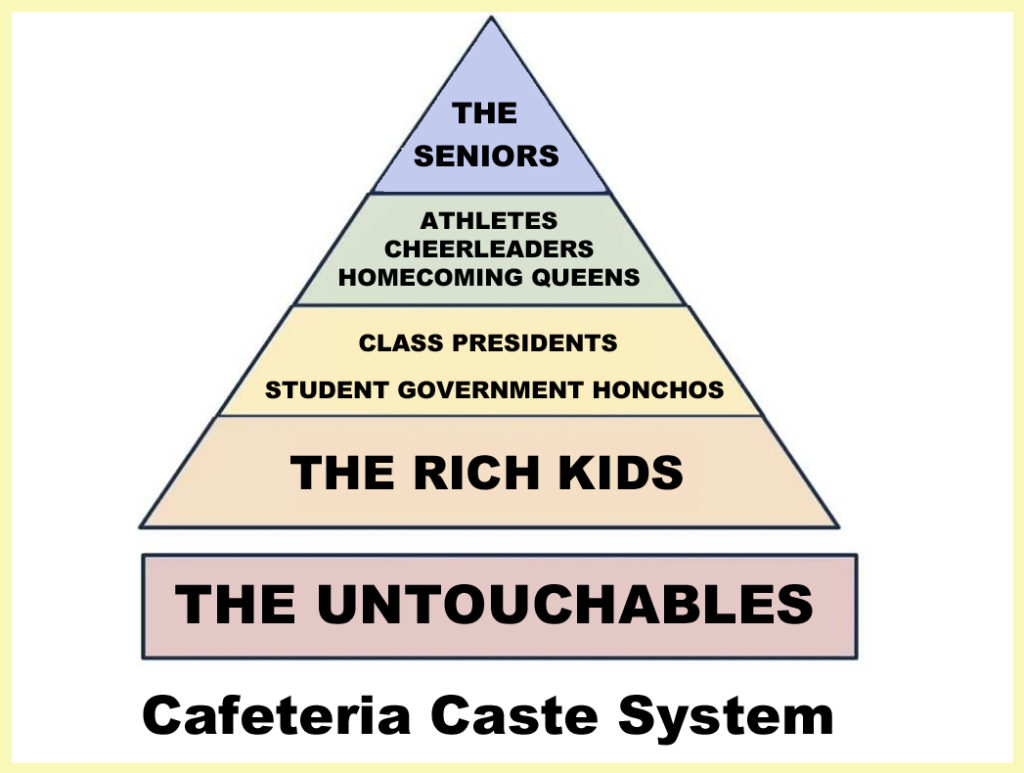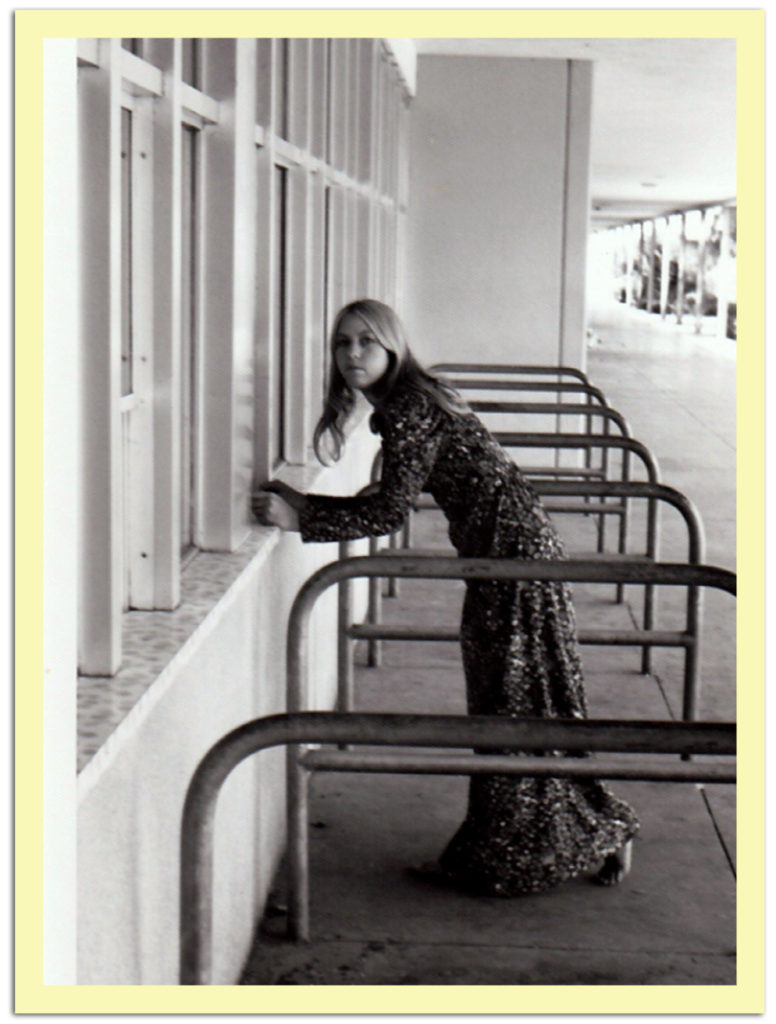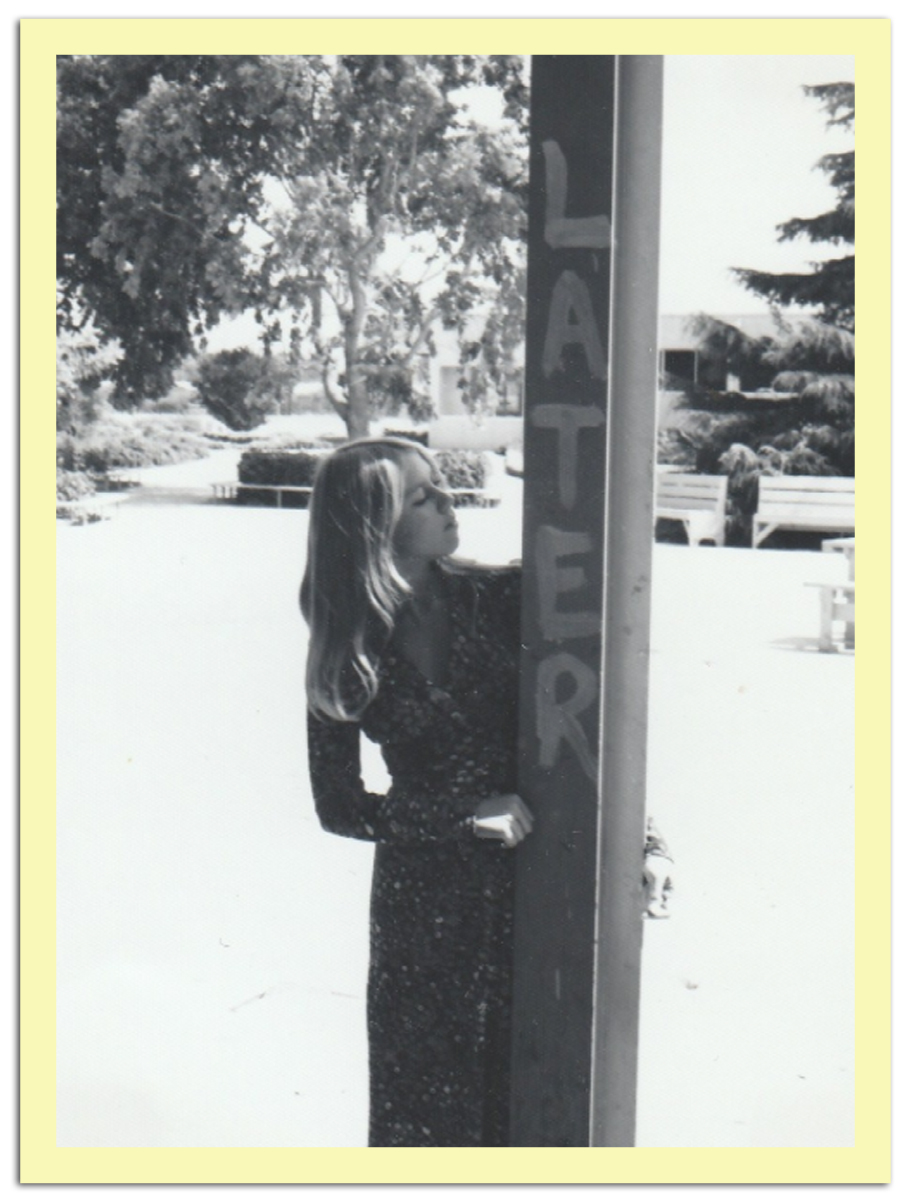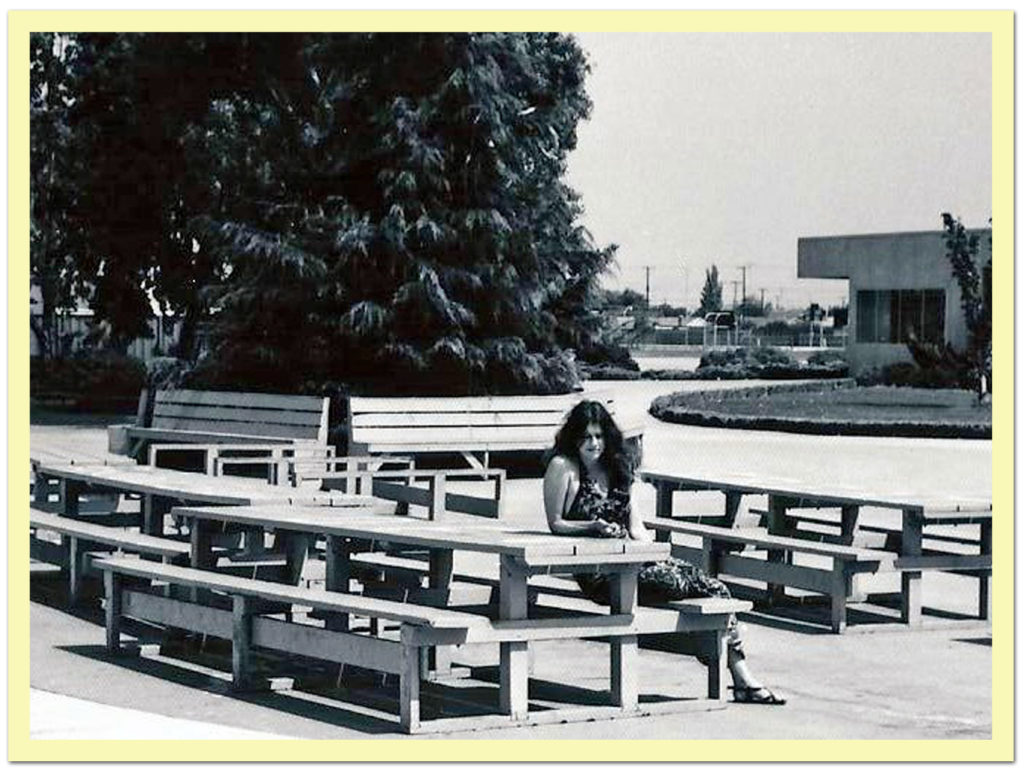Third period physiology was taught in the same classroom where another hapless instructor tried to teach me chemistry. I recognized the Periodic Table of the Elements I failed to memorize as a genuine junior. This time around, my lab partner was Jennifer, a girl who projected calm intelligence – just the type I’d be best friends with if we existed in the same time frame. At the end of the period, as she scrubbed our beakers, I said, “Want to have lunch?”
“Sorry. I eat with my friends.”
Rejection! It doesn’t get much more unequivocal. It felt as crummy as it did the first time I did high school. What disqualified me as a friend of Jennifer? The wrong shoes, my aging face, my lack of aptitude for physiology?
These questions will never be answered. Girls either like or dislike you “because.” That’s as specific as it gets. For what it’s worth, here’s my personal theory about how and why any hope of being BFF with Jennifer died in September, long before I returned to Wilcox.
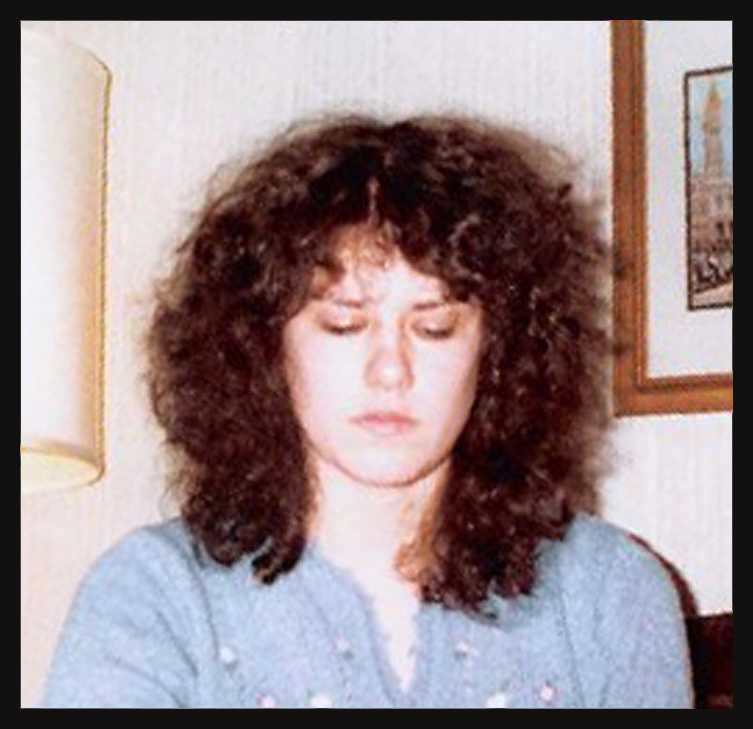
Female cliques form hard and fast and – once established – they aren’t known for flexibility, diversity or the warm welcome extended to strangers – quite the contrary. The more exclusive and difficult a group is to access, the higher their status. I was four months too late to Jennifer’s party and nothing I did could change that.
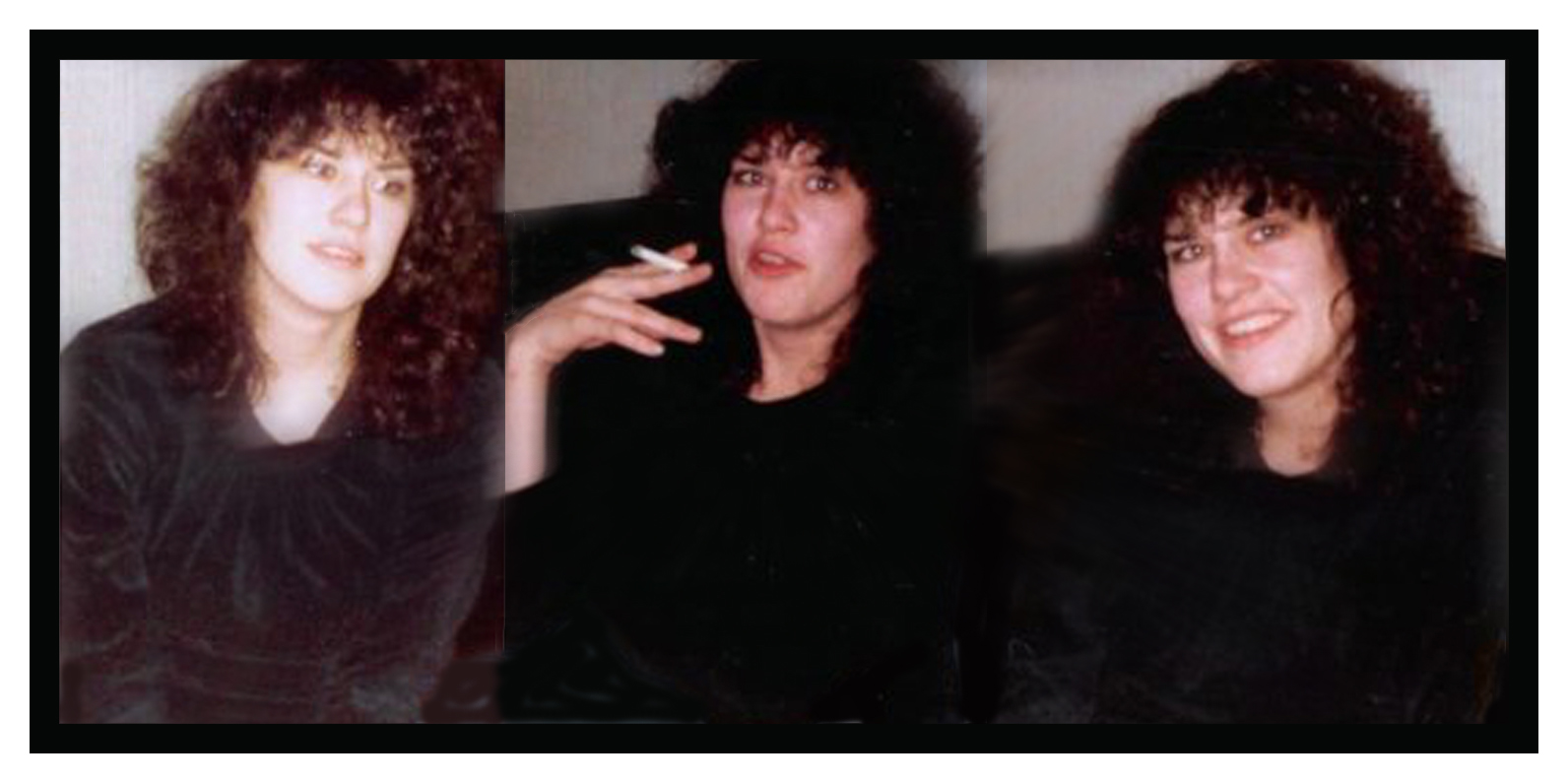
In comparison, boys were a breeze. Looking lost and stupid – something I excelled at – was basis enough for a relationship. A boy named Brian showed me the ropes, introduced me to his friends, fixed my car and got me a part-time job at the same place he worked.
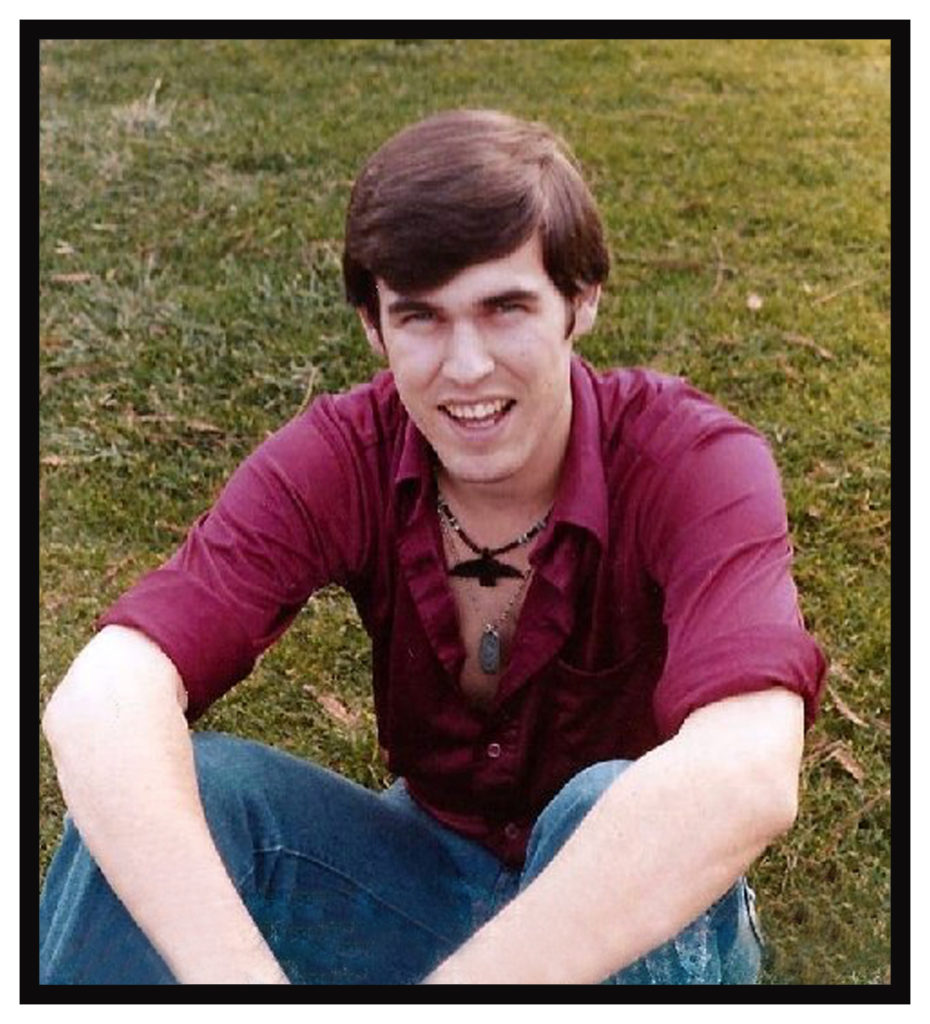
The latter was problematical since I couldn’t offer my real social security number (and get paid) without the risk of revealing my true age.
To be continued….
